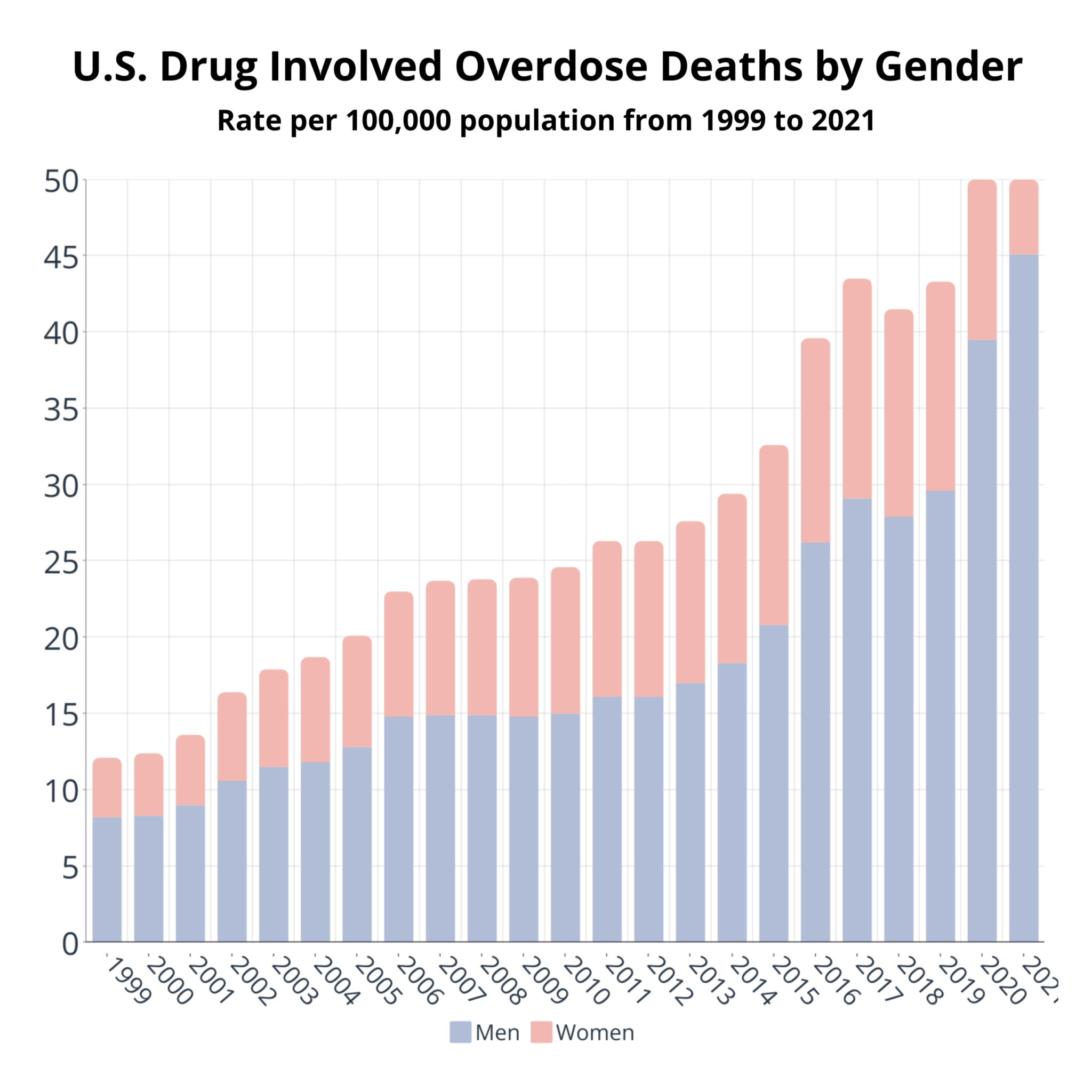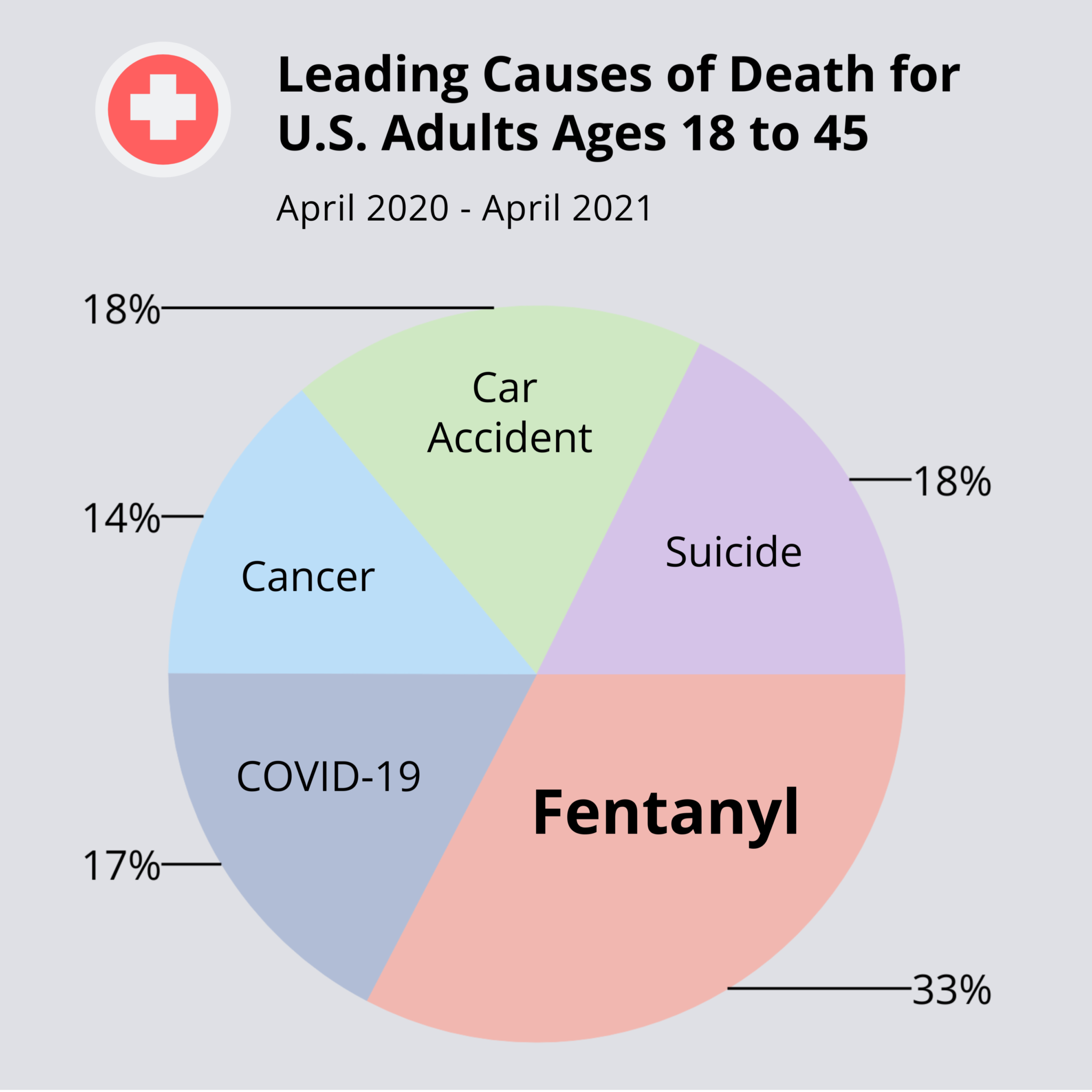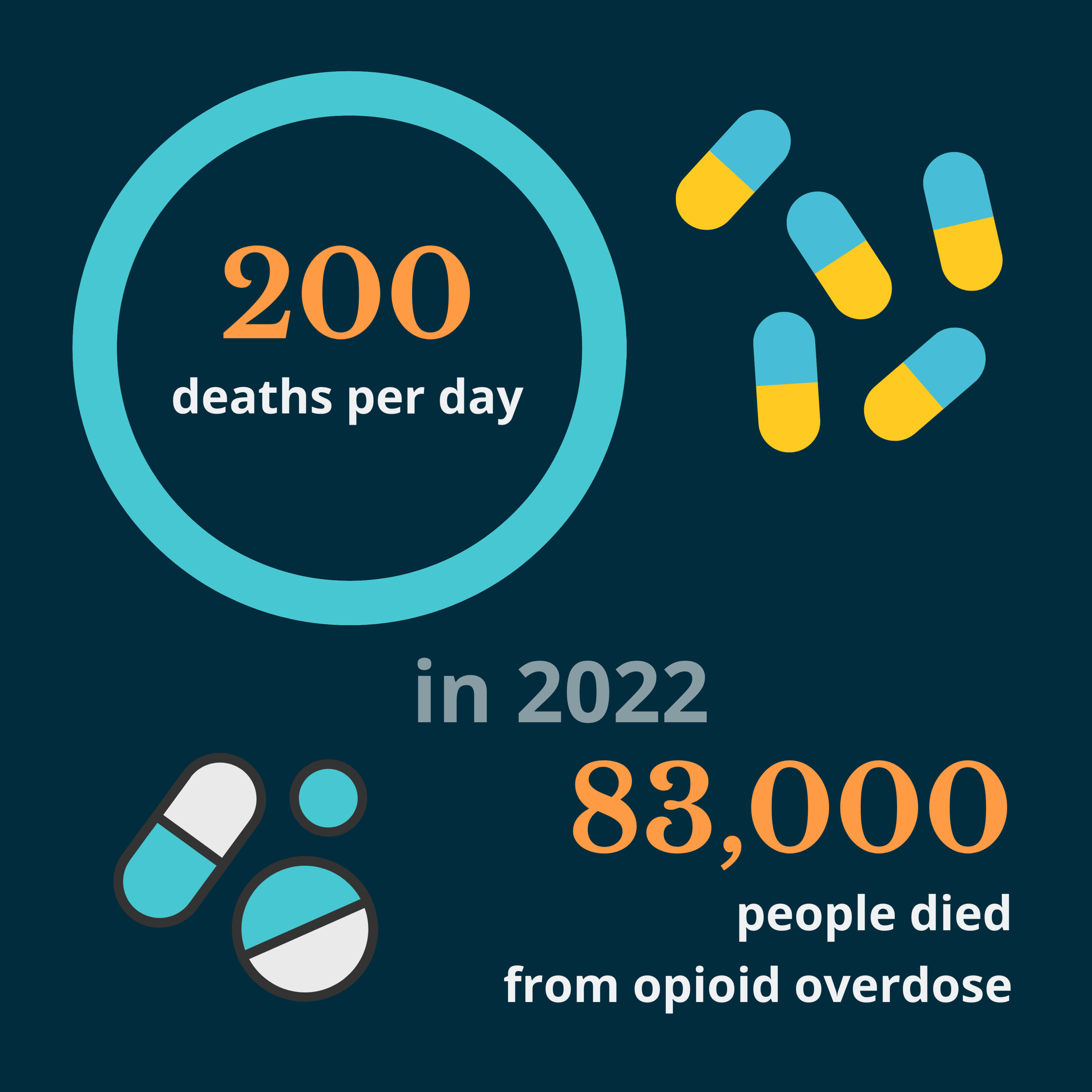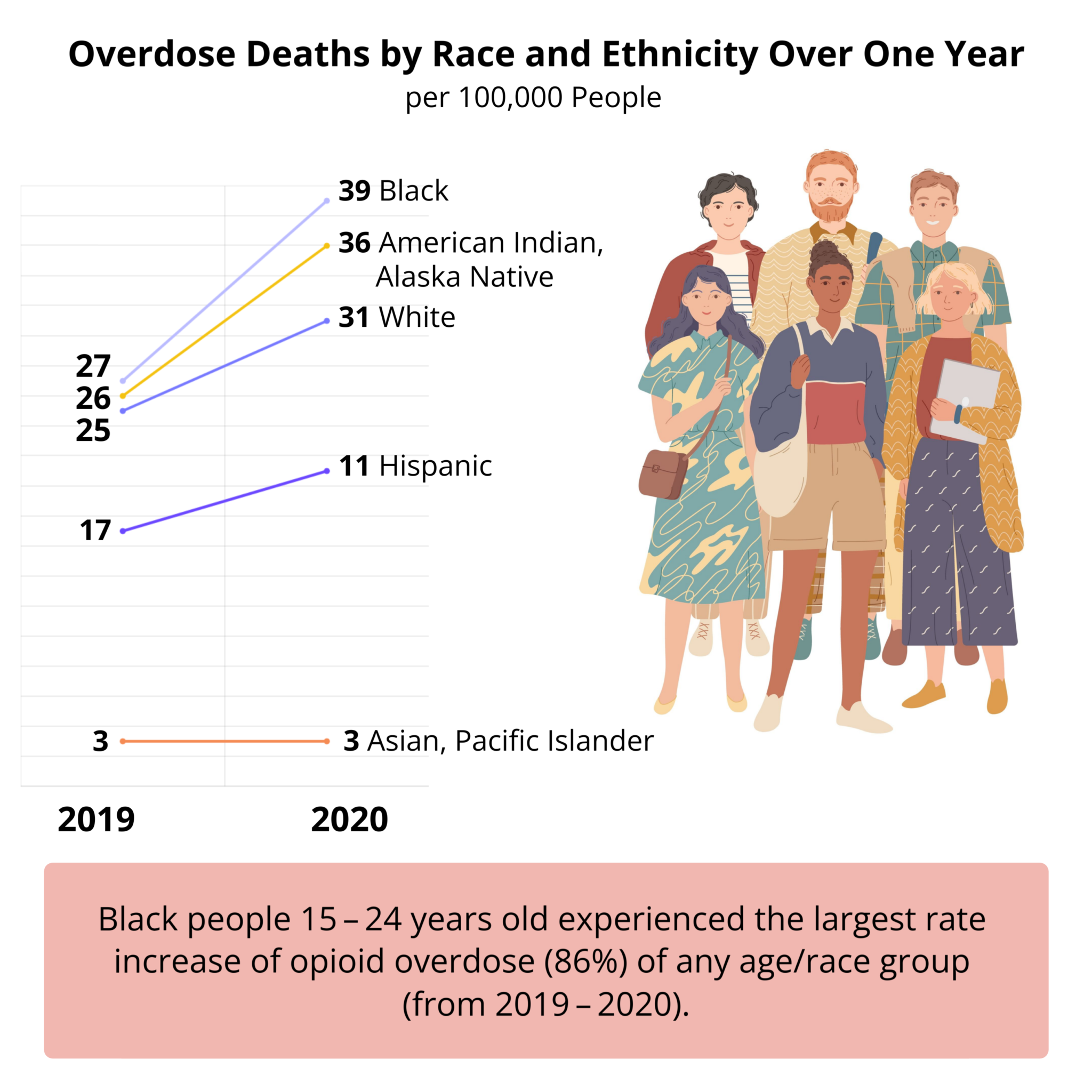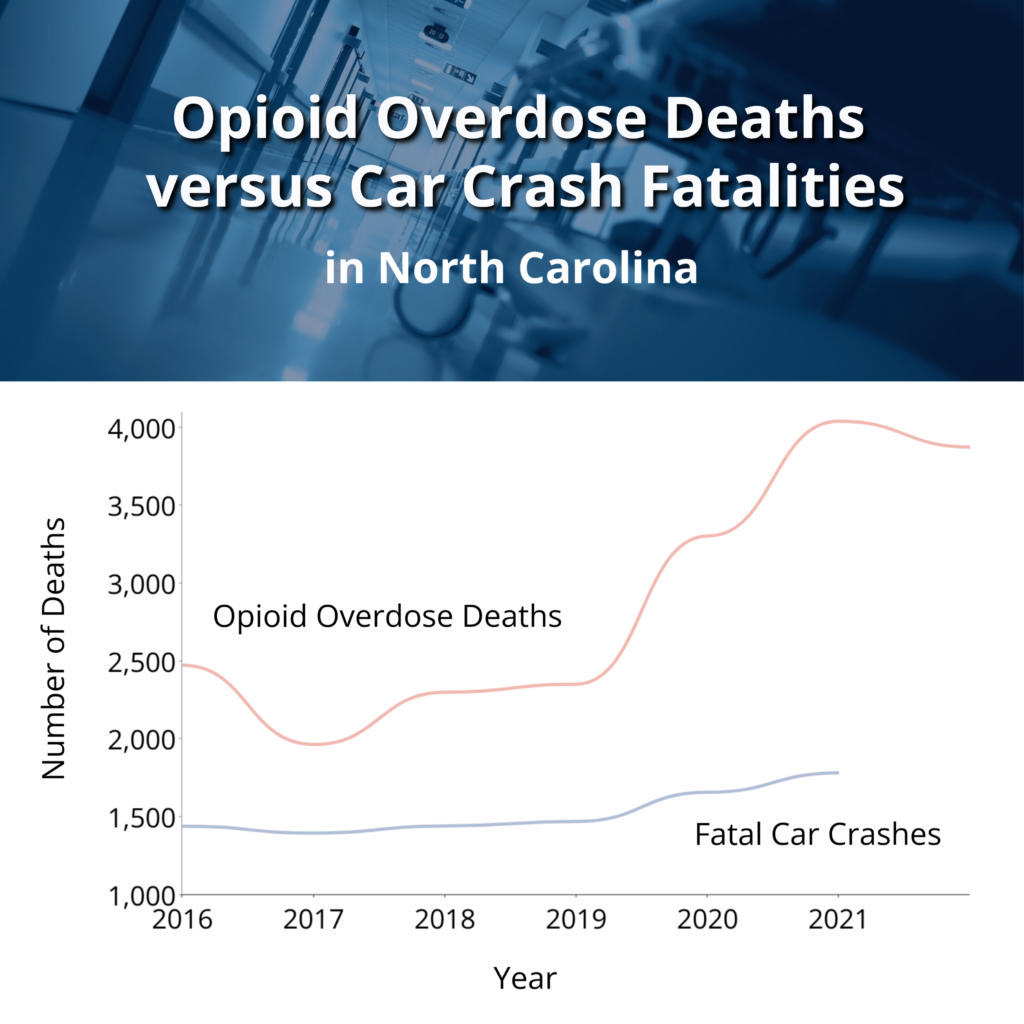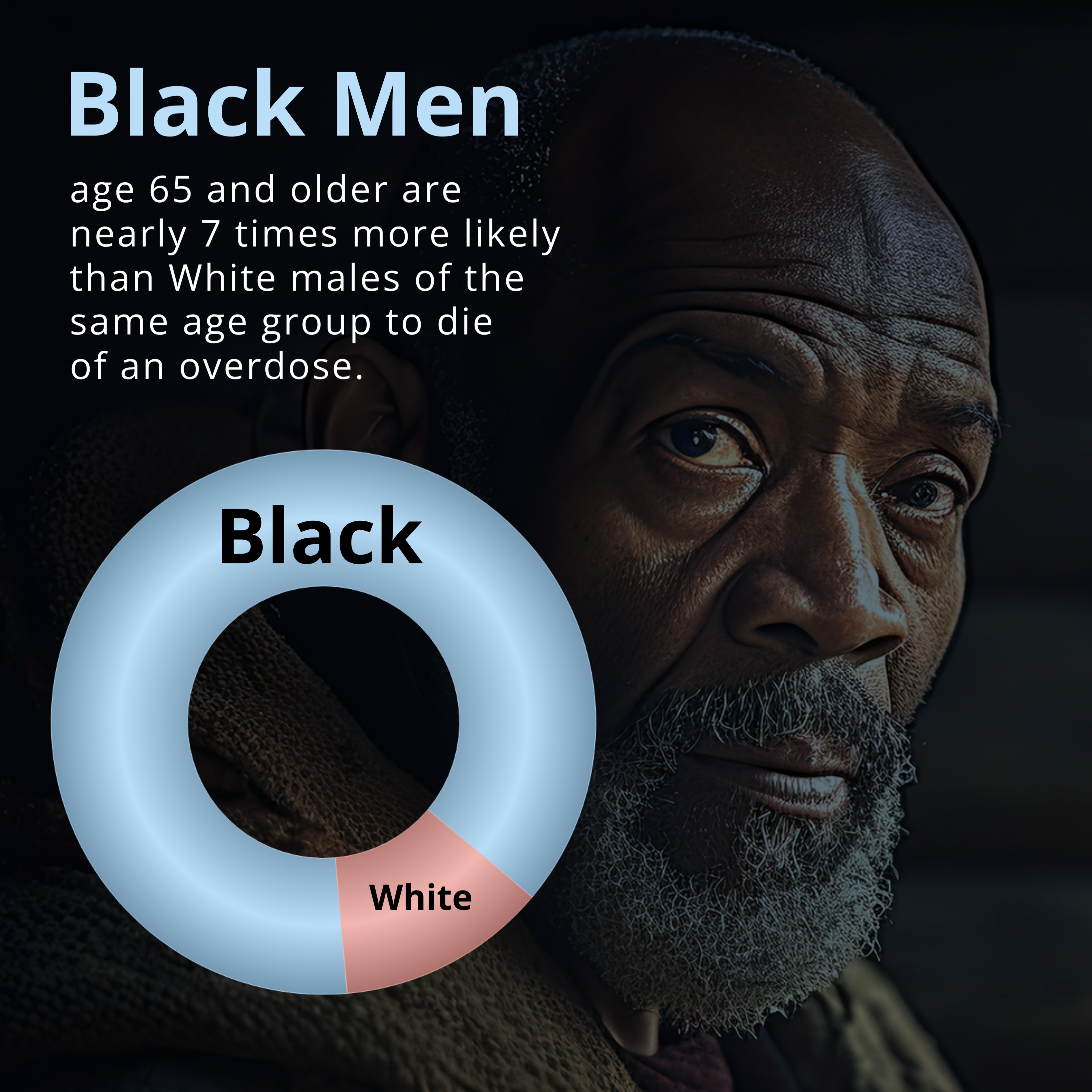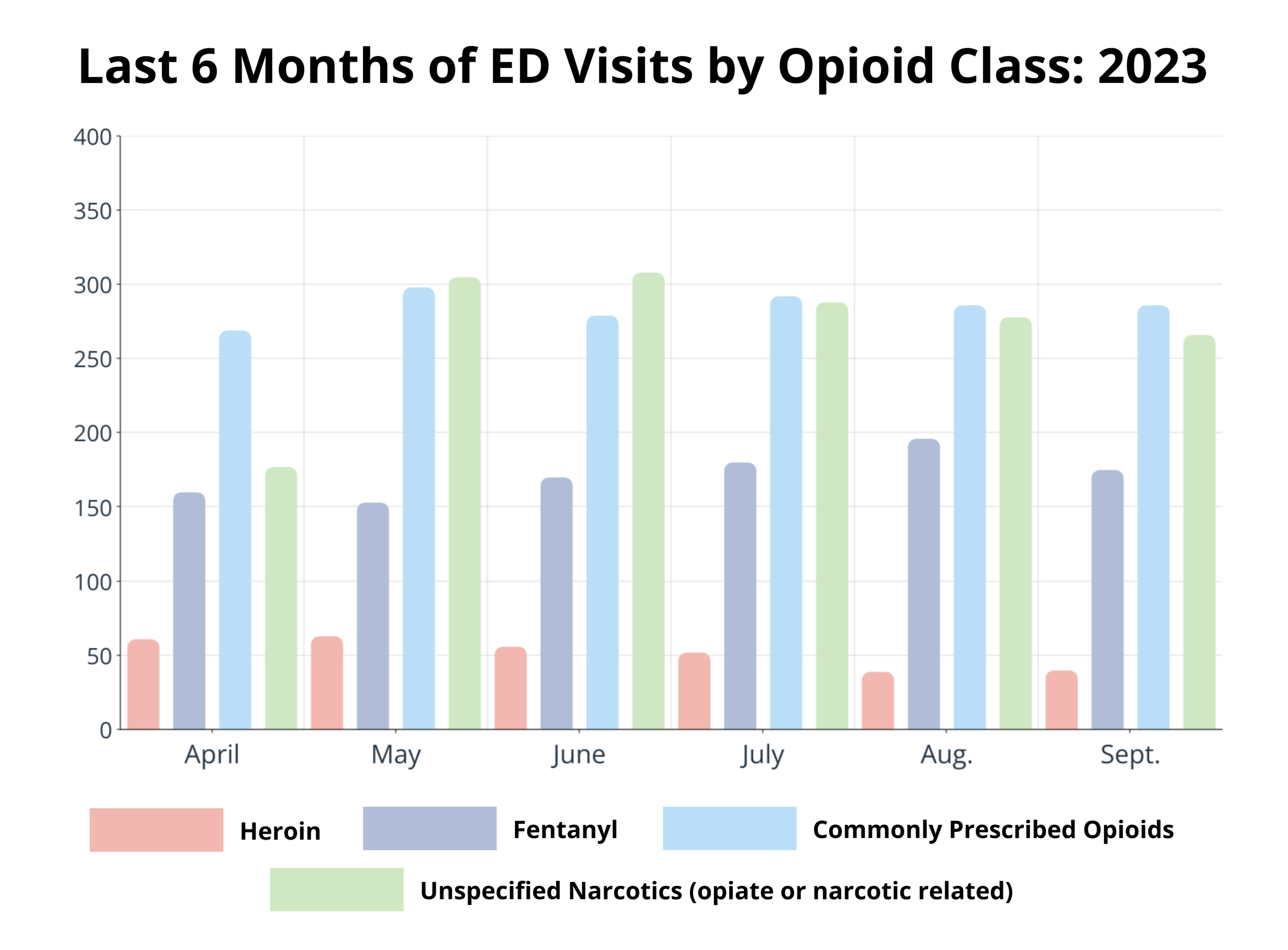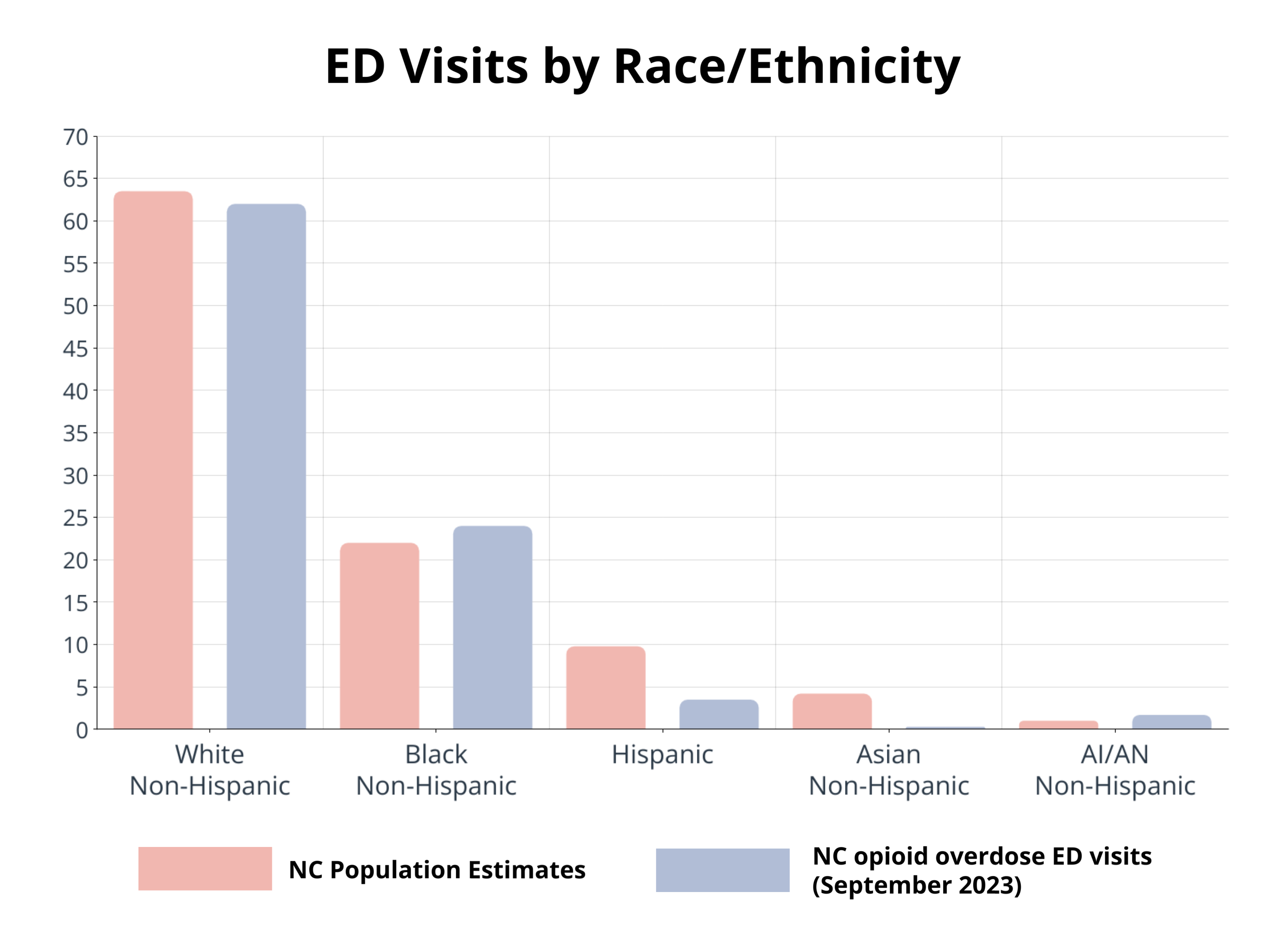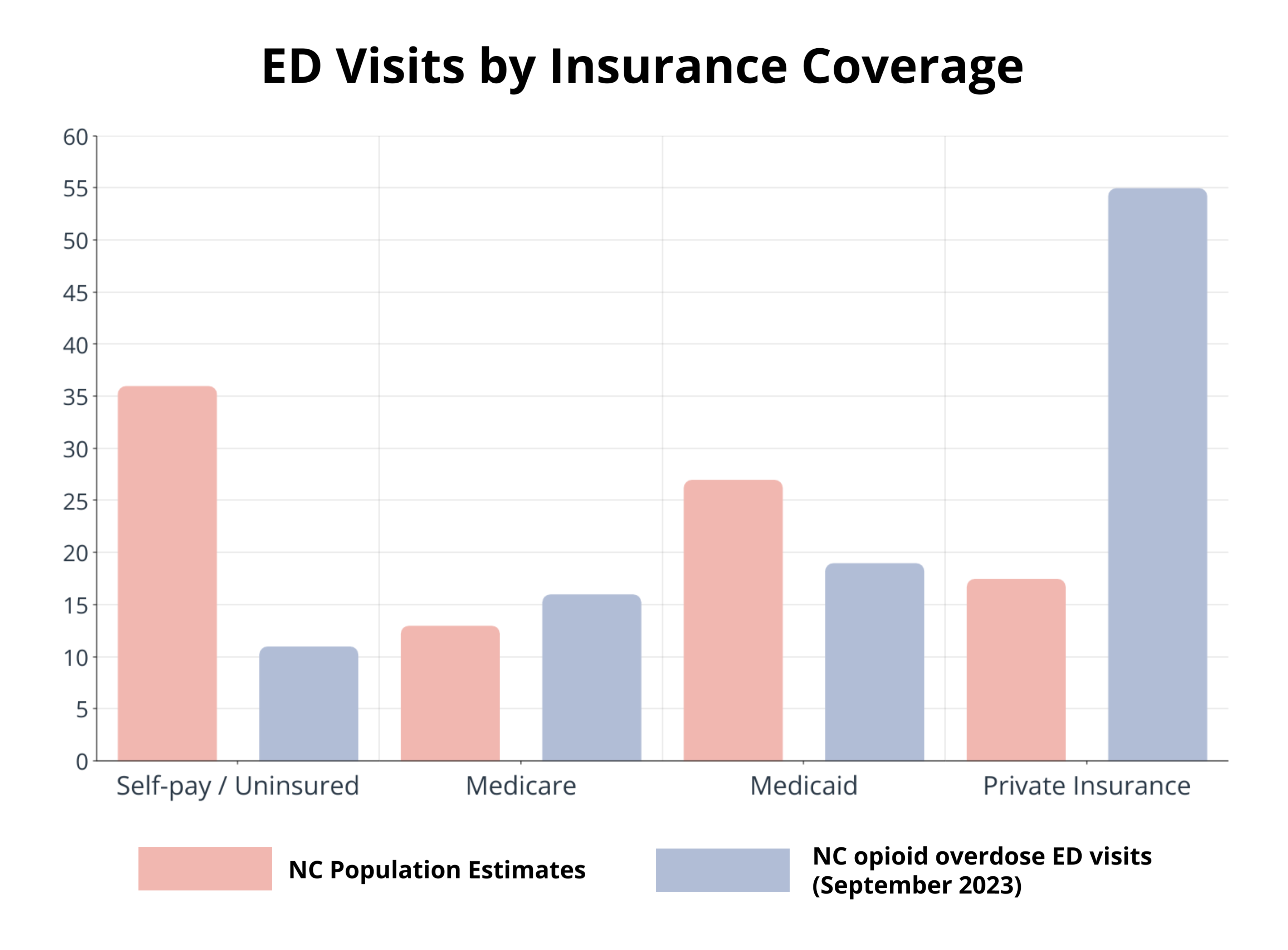Introduction
Opioid addiction is not only a medical issue but a social justice issue, a community and family power issue, and an issue of life and death. Opioid misuse is a pervasive problem in the United States, with devastating results especially within Black and Brown communities in Durham.

What Is Abatement?
Abatement means an ending, reduction, or lessening of the number of people dying from opioid overdoses!
Video Introduction
by Dr. Dasherline Johnson
The Opioid Epidemic
Statistics
More than 142 million opioid prescriptions were dispensed to American patients in 2020, with prevalence varying widely across states (Centers for Disease Control, 2021).
Of course, many people overdose on street drugs, including fentanyl, in addition to prescription opioids. An overdose of either can kill you.
3 CDC, Ovalle, 2023; DEA, 2023. CDC, 2023. The real number of overdose deaths was greater than 100,000, CDC (2023) reveals. https://blogs.cdc.gov/nchs/2023/05/18/7365/
4 Harvard, 2023. https://bit.ly/3tiKPd4
Here is what the study found:
“In the wake of an opioid-related event such as an overdose, infection, or detox admission, White patients received medication for opioid use disorder (OUD) up to 80% more frequently than Black patients and up to 25% more frequently than Hispanic patients, according to a new study led by researchers at Harvard T.H. Chan School of Public Health and Dartmouth College. Across racial groups, patients made a similar number of visits to health care providers in the six months following such an event — indicating that disparities in treatment are not explained by low contact with care…”Opioid overdoses are rising faster in the Black population than in any other racial group: In 2021, they surpassed overdose rates in the White population for the first time in decades. And rates of overdose in the Hispanic population have recently risen by 40%.”
5 NCDHHS| “Opioid and Substance Use Action Plan Data Dashboard” | Metrics; North Carolina 2021 Traffic Crash Facts, Registration-Mileage — Traffic Crash Data — 1960 – 2021.
6 CDC | “Overdose death rates increased significantly for Black, American Indian/Alaska Native people in 2020.”
Please see the full list of references in Appendix A.
The Opioid Crisis – More Than Just Overdose Deaths

Source: NIH | https://youtu.be/kOkFoyAfblw
12 Months Opioid Overdose Emergency Department Visits Rate by County of Residence
Note: Encircled area is Durham County, NC.
Reference: North Carolina Department of Health and Human Services. (May 22, 2023). IVP Branch: Overdose Data.
Map by Free Vector Maps.
North Carolina Emergency Department (ED) Visits for Overdoses
Hispanic Overdose Rates
Nationally, from 2010 to 2021, Hispanic overdose rates rose from 5.6 to 21.7 per 100,000, an increase of 287.5 % compared to 13.5 – 35.1 per 100,000, an increase of 160 % among non-Hispanics. The average annual percent change was 12 % for Hispanics and 9 % for non-Hispanics. The three most common drug classes involved in overdose deaths among both groups included fentanyl and synthetic opioids, cocaine, and prescription opioids. Hispanic overdose rates were higher than non-Hispanic rates in New Mexico, Colorado, Massachusetts, and Pennsylvania in 2020 versus only Michigan in 2010, according to Romero, et al., 2023.
Researchers (Romero et al., 2023) observed disparities in overdose mortality growth among Hispanics compared to non-Hispanics from 2010 to 2021. These disparities highlight the urgency to develop community-centered solutions that take into consideration the social and structural inequalities that exacerbate the effects of the opioid overdose crisis on Hispanic communities.
SAMHSA. (2020) The Opioid Crises and the Hispanic Latino Population: An Urgent Issue. https://bit.ly/3v9oeQM
Data source for ED Visits: NCDHHS, IVP Branch: Overdose Data (Opioid Overdose ED Visits) https://injuryfreenc.dph.ncdhhs.gov/DataSurveillance/Overdose.htm
This toolkit is a resource for you to help you, your loved ones and your community stay alive and thrive.
The five modules provide a wealth of material. We designed each module with what we hope you can learn from it and questions to see if you did learn. This toolkit isn’t school, so before you begin the module, read the questions and answers to fix some of the ideas in your head. Then, read the module, think about it, and see how to apply it. When you’re done, take the test and see what you learned. Go over the things you got wrong — knowing the answers can be the difference between life and death.
We want this toolkit to provide you with useful material to help give you information and motivation to do what needs to be done. Embedded in the words are short videos to give you quick guidance. We also want your feedback on the parts of the toolkit that were especially useful and what other things you need in your community to stop the deaths from opioids, fentanyl, and other killers. You can make a difference. We hope this toolkit will help you on your path. We are members of your community and want us and our families to be healthy and flourish.
—Dr. Dasherline Johnson
Test Your Knowledge (answer yes or no)
1. Opioid addiction is a social justice issue.
YES. “Societal attitudes and perceptions about opioid use fuel the stigma toward these vulnerable populations and adversely influence how they are treated by the public, health professionals, and elected officials,” according to Nursing Outlook (Naegle et al., 2020).
2. Opioid misuse only impacts Black communities.
NO. Opioid misuse is an equal opportunity culprit. No ethnic or age group is immune from problems. However, Black men over age sixty-five have an enormous amount of drug usage.
3. Illicitly produced opioids are causing the biggest problem today.
YES. Fentanyl and its analogs are causing the most deaths and emergency department visits.
4. At one time, the opioid problem stemmed from misuse of prescribed opioids, but today, the main problem is from street drugs.
YES. There were several distinct periods of problems with opioids, and prescription opioid overdose was in the first round of problems. Today, there is still abuse of prescribed opioids, but the problem is dwarfed by the use of fentanyl — a street drug.
5. Community engagement is “a process of developing relationships that enable stakeholders to work together to address health-related issues and promote well-being to achieve positive health impact and outcomes.”
YES. The purpose of the Communiversity is to harness groups working together toward a common aim — lowering the incidence of opioid abuse and death.
